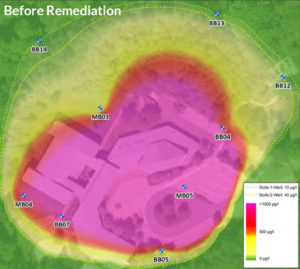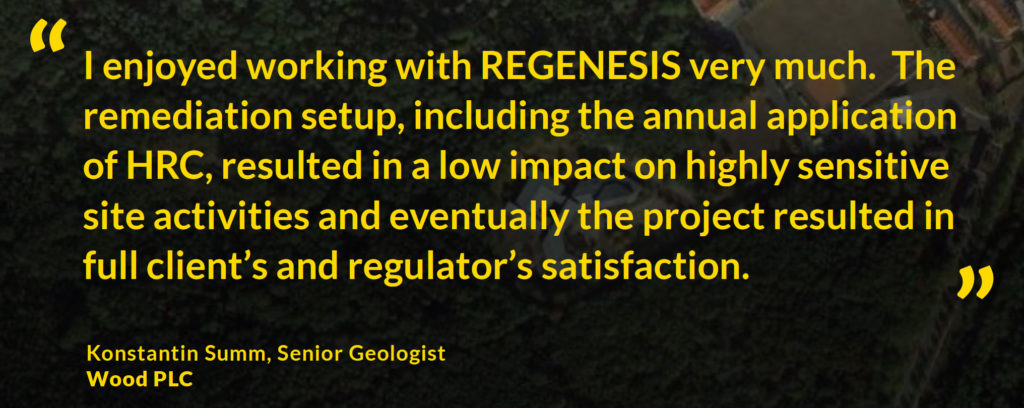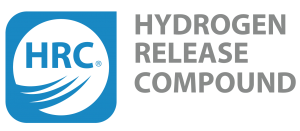In Situ Remediation of CHCs within a Bedrock Aquifer, Germany
Enhanced reductive dechlorination barrier installed in sandstone to treat chlorinated solvents under a primary school.
Introduction

As the result of a historic industrial spill, high concentrations of chlorinated hydrocarbons (CHCs) were observed in a sandstone bedrock in Middle- Franconia, Bavaria, in southwest Germany. A secondary contaminant source area was found to be located underneath an elementary school with a dissolved phase plume extending out to nearby residential properties. Tetrachloroethene (PCE) was the main contaminant of concern. Remediation was required in order to reduce the risk posed to human health.
The hydrogeological conditions were unfavourable. The Keupersandstein aquifer consists of silty sandstone with interbedded clay lenses. Environmental Consultant Wood worked with REGENESIS to develop an in-situ groundwater remediation solution for the site.
Case Study Highlights
- REGENESIS provided an accurate and pragmatic design approach for the busy residential construction site
- Full-scale remediation was completed comprising a series of barriers (PRBs), to fit in between the school building.
- The treatment minimized site disturbance, with only a short period of drilling and application by pouring into the wells, after which the slow-release of electron donors from the HRC provided years of treatment.
- Cost-effective and efficient treatment of the plume, despite the complex conditions caused by the sandstone aquifer and school setting.
- Long term monioring results

Remediation Products Applied
Low volume electron donors were chosen from REGENESIS’ range of injectable substrates. These were Hydrogen Release Compound: HRC® and an extended version, HRC-X®, which were chosen to stimulate and maintain enhanced reductive dechlorination of the target contaminants. Click the logo below for more information on this electron donor product.


 Americas
Americas Europe
Europe Français
Français Deutsch
Deutsch Italiano
Italiano Español
Español

